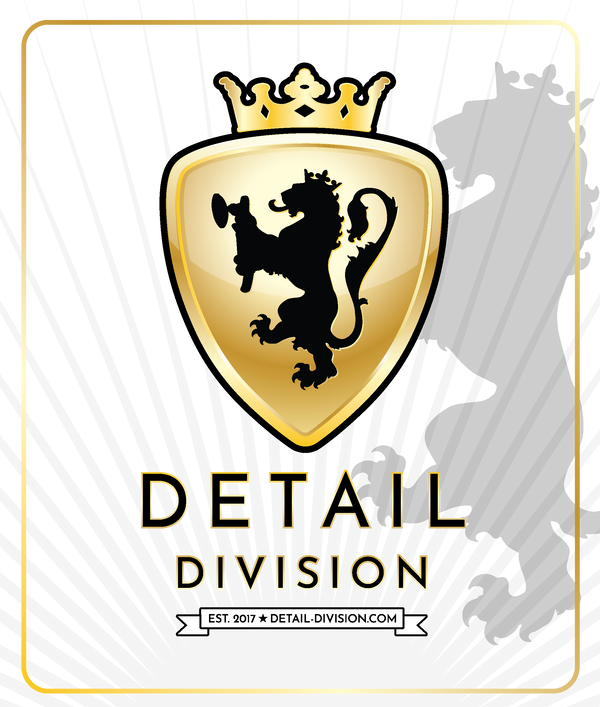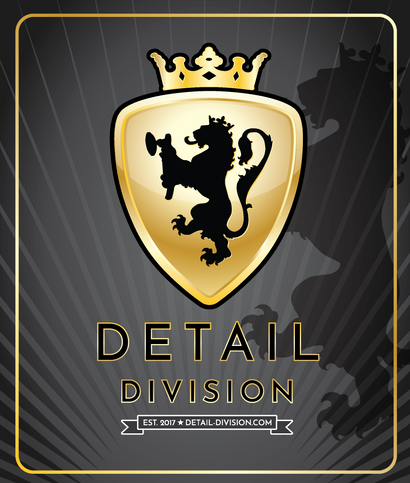🇺🇸 THE HOME OF DISTINCTIVE DETAILING PRODUCTS //
FREE SHIPPING Orders over $249
🇺🇸 THE HOME OF DISTINCTIVE DETAILING PRODUCTS //
FREE SHIPPING Orders over $249
KLiN MICROFIBER
EXTERIOR
Tire Wheel & Trim Care
Tire Wheel & Trim Care
POLISHING
PRESSURE WASHING & MISC
Understanding pH in Detailing
October 16, 2024 4 min read
As an enthusiast or professional auto detailer , you understand the importance of choosing the right cleaning chemicals to achieve the best results for 'your' vehicles. Whether you're a seasoned expert or just starting in the field, the choice between acidic, pH neutral, and alkaline wash chemicals is pivotal. It's very easy for a salesman to say "This is the best product", but today that just does not cut it; it's important to understand WHY we make the choices we do, and how the wrong choice can waste our time OR be detrimental to the surfaces having chemicals applied to. In this article I'll break down the differences between these three categories of cleaning products and highlight when to use them and when it's best to avoid them... without the sales pitch.
- Acidic Wash Chemicals
Acidic wash chemicals are powerful cleaning agents with a low pH level, below 7. They are primarily used for specific tasks, such as:
a. Removing Mineral Deposits: Acidic cleaners are excellent at dissolving mineral deposits like water spots and calcium buildup. They are perfect for cleaning glass and chrome surfaces where mineral deposits are common.
b. Wheel Cleaning: Acidic cleaners are effective at removing brake dust and road grime from wheels, making them shine like new.
c. Grime and Rust Removal: They are useful for tackling tough rust stains and certain types of stubborn grime.
However, it's necessary to say that acidic cleaners should not be used on sensitive surfaces, including aluminum, magnesium, and some painted surfaces, as they can cause corrosion and damage. Always exercise caution when using acidic cleaners, and avoid contact with your skin, eyes, and respiratory system.
- pH Neutral Wash Chemicals
pH neutral wash chemicals have a pH level of 7, which means they are neither acidic nor alkaline. These cleaning products are versatile and can be used for a wide range of cleaning tasks, making them an excellent choice for general auto detailing. Use pH neutral cleaners for:
a. Paint Cleaning: They are gentle enough not to harm the paint but effective in removing dirt, grime, and light contaminants.
b. Interior Cleaning: pH neutral cleaners are safe for most interior surfaces, including leather, vinyl, plastic, and fabric. They clean without causing damage or discoloration although it's still advised you check color fastness in an inconspicuous area with different leathers as they are not all the same.
c. Wheel Cleaning: When you're unsure about the wheel finish or the type of contamination, pH neutral cleaners are the safest choice.
d. Glass Cleaning: They are suitable for cleaning windows and mirrors without leaving streaks or damage.
- Alkaline Wash Chemicals
Alkaline wash chemicals have a pH level above 7, making them effective for cleaning heavy-duty contaminants. They are commonly used for:
a. Engine Bay Cleaning: Alkaline cleaners are typically are categorized as degreasing agents and remove tough engine bay grime and oil deposits.
b. Removing Heavy Contaminants: They are effective in tackling road tar, stubborn bugs, and caked-on dirt on exterior surfaces.
c. Wheel Cleaning: Alkaline cleaners can handle severe brake dust and grime buildup on wheels.
However, caution is necessary when using alkaline cleaners, as they can damage sensitive surfaces and paint if not diluted or applied properly. Avoid using them on delicate surfaces or surfaces with compromised paintwork, instead for a pH neutral selection if you are concerned.
When Not to Use Acidic, pH Neutral, or Alkaline Wash Chemicals
-
Unpainted Surfaces: All three types of cleaners should not be used on unpainted surfaces like bare metal, plastic trim, and rubber components, as they can cause damage or discoloration. There are exceptions to every rule, but in general terms you need to be cautious if you are the one liable for performing a task.
-
Dilution: Always follow the manufacturer's recommended dilution ratios for these chemicals to avoid damage to texture or to the surface itself. A perfect example would be using a tar remover on trim; you can dry out plastics and even remove texture depending on the strength of the chemical.
-
Inadequate Rinsing and exposure: Ensure thorough rinsing after using any cleaning product to prevent chemical residues that could harm surfaces over time. Work in an environment which is out of the sun, and be sure that any substrate is at a normal resting temperature ie. NOT been sitting in the direct sun for 6hrs and then instantly chemicals are applied to it.
In closing, choosing the right automotive wash chemicals is crucial for a proper detailing job. Acidic, pH neutral, and alkaline wash chemicals each have their specific uses and benefits, but they should be selected carefully based on the surface you're cleaning. Prioritize your own safety by wearing PPE (nitrile gloves, a face mask/respirator). Consider surface safety, read product labels, and exercise caution to prevent damage to your clients' vehicles. By understanding the differences between these types of cleaning products, you'll get the job done properly, quickly, and have a better understanding of the most important aspect: WHY you're doing things in a certain manner.
Leave a comment
Comments will be approved before showing up.
Subscribe
Sign up to get the latest on sales, new releases and more …

Join the Newsletter
Stay up to date with sales & new product releases



